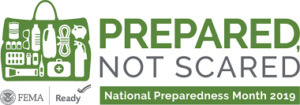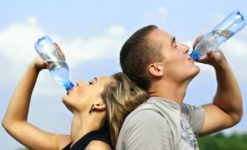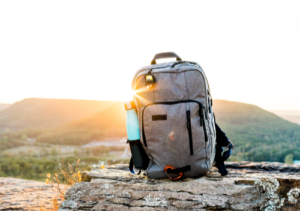
Assembling an Emergency Supply Kit
Ask Mr. Pedometer and Friends… about Assembling an Emergency Supply Kit
September 17, 2019
Q: Mr. Pedometer, do you have recommendations for Assembling an Emergency Supply Kit?
A: Assembling an emergency supply kit should be a priority before an earthquake or other emergency situation. September is National Emergency Preparedness Month. The theme for 2019 is “Prepared Not Scared.” Here are more tips (from Bay City News) about how to prepare:
Before an earthquake, some steps to take for safety include strengthening your home, securing  objects that might fall and gathering critical documents like identification, legal and medical files, according to the Federal Emergency Management Agency (FEMA).
objects that might fall and gathering critical documents like identification, legal and medical files, according to the Federal Emergency Management Agency (FEMA).
Assembling an emergency supply kit should also be a priority, and FEMA recommends having these items in the kit:
-
Water: Make sure you have a gallon per person per day for at least three days
- Food: Store at least a three-day supply of non-perishable foods, including infant formula and pet food
- Flashlight, radio and cell phone charger
-
Medical: Include a first aid kit and both prescription and over-the-counter medications
- Sanitation supplies
- Assistive technology: Include battery backup power for power-dependent mobility devices, oxygen and other assistive technology needs
-
Clothing and blankets
- Whistle: Include a whistle to signal for help
-
Fire extinguisher
- Cash: Store cash in case ATMs are not functioning after the earthquake
More information about earthquakes and resources available before, during and after one is available online. — Bay City News
We all should strive to live up to the motto of “Prepared Not Scared.” Don’t forget to have extra batteries for your flashlight and your radio. And having a whistle on your key chain is a good idea for safety even without an earthquake-sized emergency. Let’s remind one another to move ahead with emergency preparedness – no more procrastinating!
EAT RIGHT, MOVE MORE, AND SLEEP WELL TO BE WELL.



